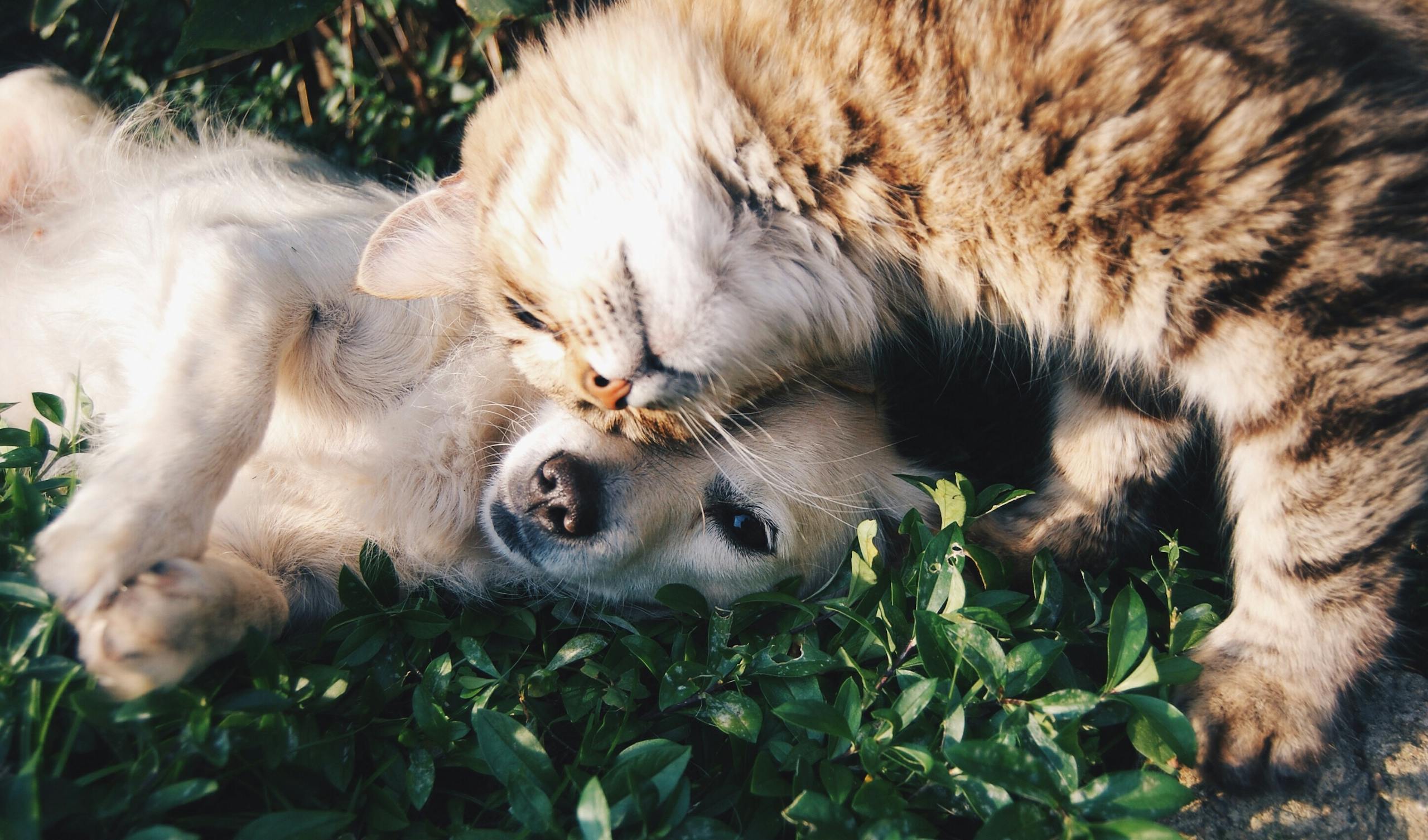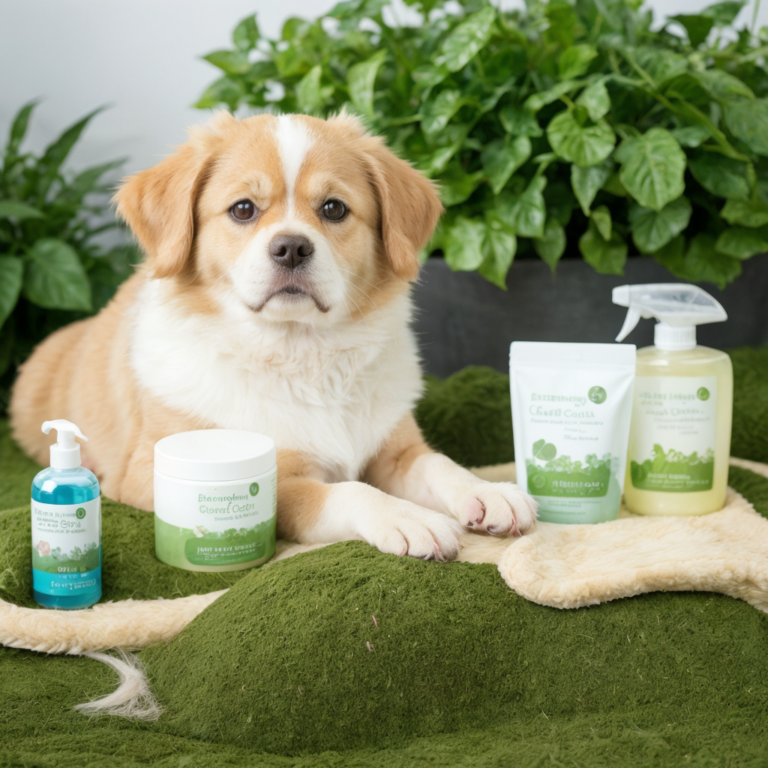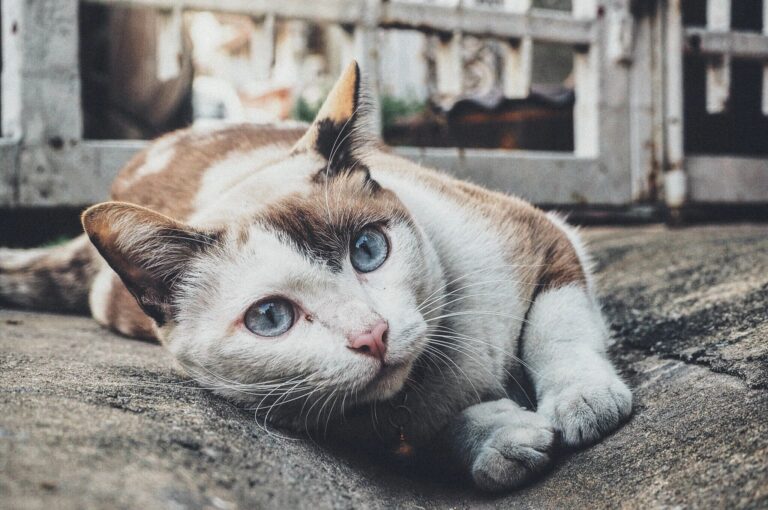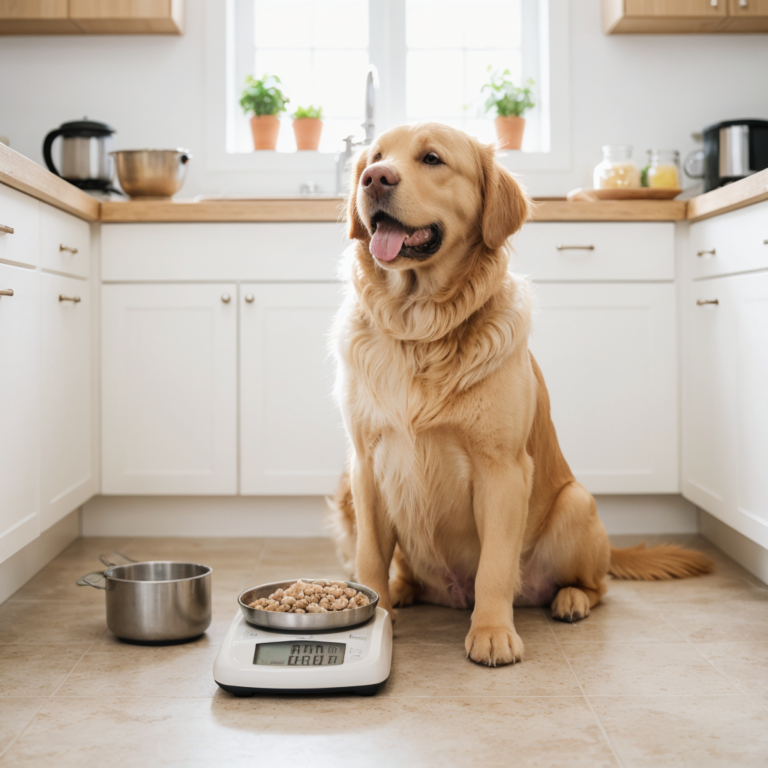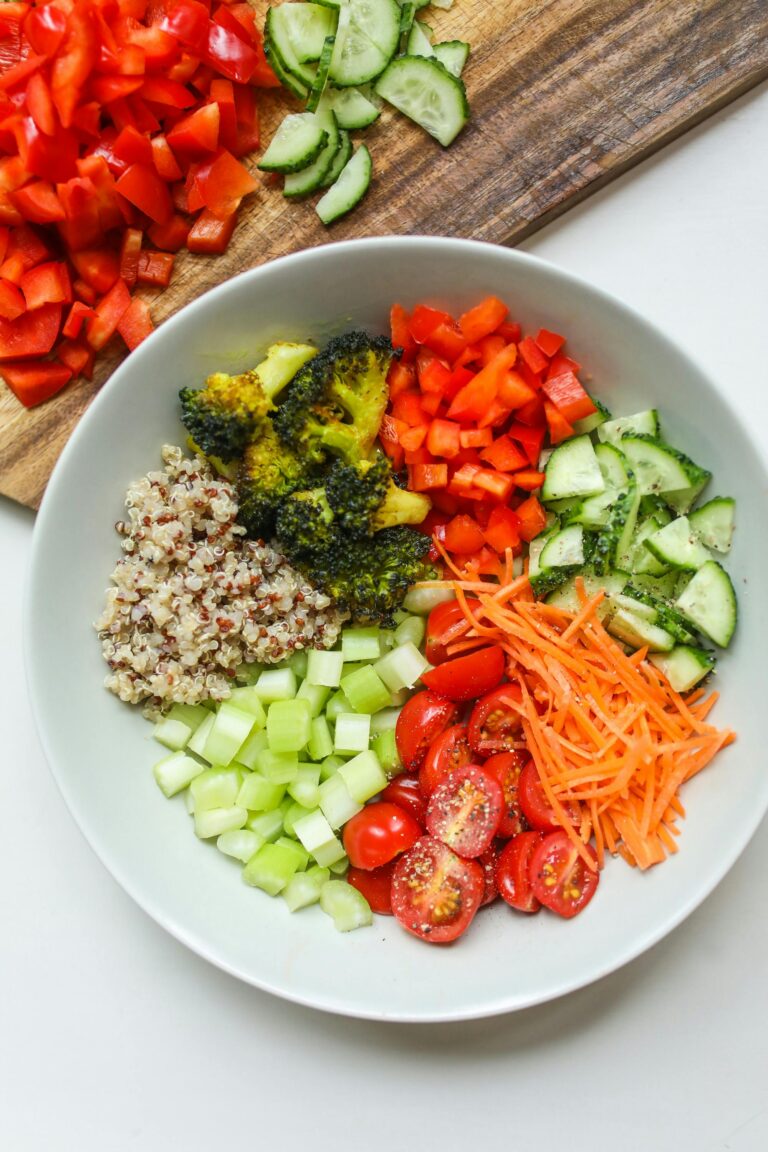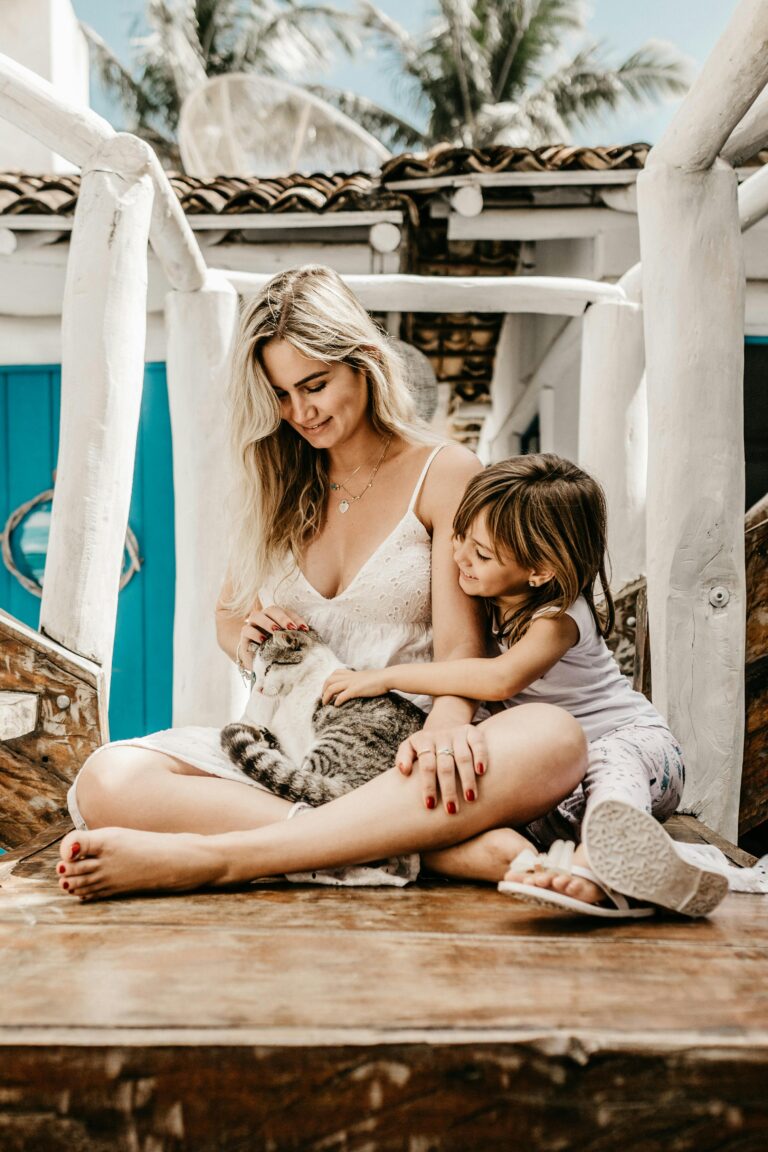I. Introduction
I remember the day my dog, Molly, went from lying around all day to sprinting around the yard like a puppy. It happened after I changed her diet. In fact, she was so sick, I honestly thought I would have to put her down. I was determined to do all I could and if those efforts failed, I would make the decision that all pet owners hope they would never have to make. Within a few days of changing her diet, she began walking and eating normally. It took five months for the puppy energy to show up, but eventually, I got my dog back again. I couldn’t believe, that all I needed to do was to change her diet.
When it comes to health, we are conditioned to focus on removing the symptoms. The pain and inflammation of arthritis, liver disease and skin allergies. All we need to do is to go to the veterinarian, get a pill, and our pets’ symptoms go away.
That experience taught me something important about pets: what they eat shapes their energy, mood, and overall well-being. Because a dog or cat that’s fed junky, low-quality food doesn’t just suffer physically, they can become moody or depressed too. And when you improve their diet, they light up in ways you may never expect.
The Start of My Holistic Journey
Healthy food isn’t just about helping them run around a little faster. It’s about giving them a longer, happier life. Many holistic veterinarians say that a good diet can prevent or delay common health issues, which makes sense when you think about it. When I was living in California, I was fortunate to have a veterinarian who was open to holistic practices. We would discuss all forms of treatments.
One day he saw my Dalmatian for chronic diarrhea. We tried conventional treatments which did not work. He referred me to a specialist who, unfortunately, could not help my dog either. “Well, your dog just can’t eat kibble. Feed him homemade meals instead.” I did just that. For two years, I made his meals. Until one day, he stopped walking and was in pain. When I took him to my veterinarian, we discovered my Dalmatian had a bone spur on his spine and needed $10,000 in surgery to remove the spur. I was able to consult a holistic specialist who made adjustments to my homemade meal. After three days, my dog was walking with no pain. After one month, he was able to eat the kibble again. If we, as humans, rely on good nutrition to stay strong, our furry companions probably do too.
So here’s the main point. Transitioning your pet to a healthier diet fosters better wellness, but you’ve got to do it the right way. You don’t want stress, guesswork, or frantic midnight visits to the vet because you changed food too fast. You want to do it gradually, based on solid research and professional input, so you and your pet can enjoy the benefits of a better diet together.
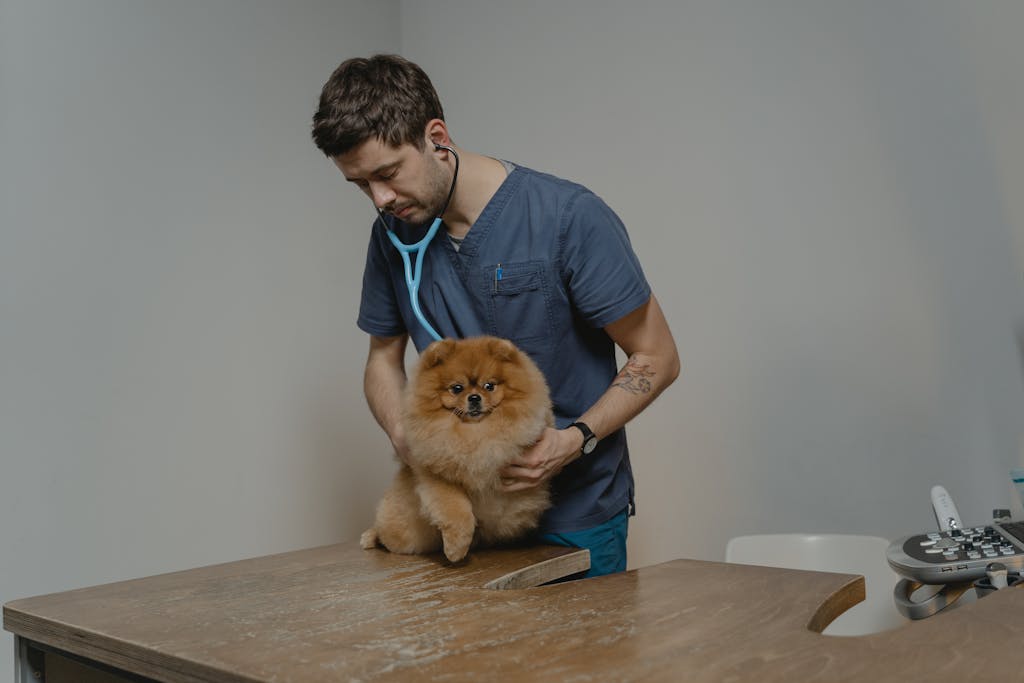
II. Understanding Your Pet’s Nutritional Needs
Consult a Professional
Before you run to the pet store and grab a fancy new bag of kibble, consult a holistic veterinarian. Seriously. Too many people jump into a new diet without checking if it aligns with their pet’s age, breed, or specific health conditions. A professional can help you navigate the broad world of dog or cat nutrition, explaining how certain ingredients can support or harm your pet’s health. The American Association of Feed Control Officials (AAFCO) provides standards for what “complete and balanced” food means. But your vet will know how to interpret these labels for your specific pet.
Let Science Be Your Guide
Let me share with you my playground for creating a balanced mail plan for my clients. I refer to science-backed disciplines of metabolomics, orthomolecular nutrition, and functional nutrition. Every pet is different and has different nutritional needs. Even dogs of the same breed will have different nutritional requirements. My system of using metabolomics, orthomolecular nutrition and functional nutrition gives me a map of the nutritional needs of my clients.
Metabolomics
You might have heard about something called metabolomics. It’s basically the study of metabolites—tiny molecules in the body that reflect what’s happening with your pet’s metabolism. When you feed your pet certain nutrients, those nutrients create chemical changes in the body. By studying those chemicals (in places like the Journal of Pet Metabolism), experts can figure out exactly what your pet needs. It’s pretty high-tech, but the takeaway is simple: each pet is unique, and the right diet depends on how their body processes food.
Orthomolecular Nutrition
Then there’s an approach called orthomolecular nutrition. Sounds fancy, right? Don’t let the term scare you. Orthomolecular just means giving the body the optimal amounts of vitamins, minerals, and other nutrients it needs. According to the Orthomolecular Medicine News Service, targeted supplements, like fish oil or certain vitamins, can help correct imbalances. But you should only add them if your vet or a nutrition expert recommends it. Because more isn’t always better when it comes to supplements.
Functional Nutrition
Let’s not forget functional nutrition. This is all about feeding whole foods and minimally processed options, so your pet gets as many natural nutrients as possible. According to the American Holistic Veterinary Medical Association (AHVMA) materials on Functional Nutrition for Pets, diets rich in whole-food ingredients can boost immune function, support digestion, and even aid in joint health. It’s the difference between eating a balanced home-cooked meal versus a highly processed TV dinner. Which would you choose for yourself? Probably the healthier option. And your pet deserves the same.
Remember, every pet is a little different. Some pets are basically furry garbage disposals—able to eat anything without getting sick—while others act like picky royalty who turn their nose up at any unusual smell. Figure out what works for your buddy. That way, you’ll have a diet that truly meets their needs and supports their overall health.
A common ailment that any pet eventually experiences is skin allergies. My pets are no different. When my dog Tiny had his checkup, she noticed his severe skin inflammation due to fleas. We discussed using Apoquel for a few weeks until the nutritional adjustments to his meal plan kick in.
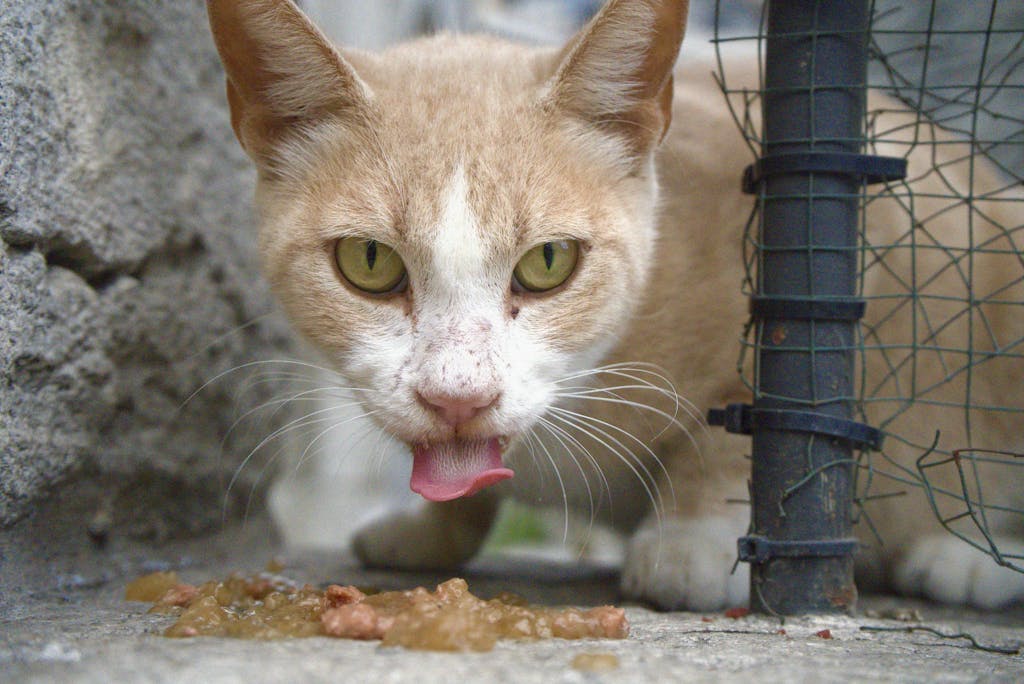
III. Common Diet-Related Health Issues
So what happens if your pet isn’t eating the right stuff? Unfortunately, plenty of problems can occur. One of the biggest? Weight management. Our pets can’t exactly hit the gym on their own. So if we’re overfeeding them or slipping them too many treats, they might start packing on the pounds. Obesity can lead to heart issues, joint problems, and a serious drop in their quality of life.
Digestive Problems
Another big one: digestive problems. Pets can suffer from diarrhea, constipation, or vomiting if their diet doesn’t agree with them. Sometimes, poor nutrition is to blame. Other times, it’s a sudden change in their meals. Adding probiotic-rich foods or high-quality probiotic supplements can help stabilize that gut environment. But if your pet’s issues don’t clear up after a day or two, or if things seem severe, a vet’s visit is critical.
Allergies
What about allergies and food sensitivities? It’s not just people who are allergic to wheat or soy. Cats and dogs can have sensitivities to corn, wheat, or soy too. If you suspect an allergy, consider a gradual dietary change. This lets you see if your pet reacts badly to certain ingredients. Some folks eliminate suspected allergens one by one and watch for improvement. It’s like detective work for pet parents.
Chronic Disease
Then there are chronic diseases like diabetes, kidney disease, or arthritis. Good nutrition can help prevent or manage these conditions. Research in the AHVMA resources suggests that functional nutrition doesn’t just help healthy pets. It can also support those dealing with chronic illnesses by giving their body better tools to fight back.
One of my clients needed help with her sleek gray tabby, Toby, who she adopted from a local shelter Toby was constantly scratching, sneezing, and eventually was losing fur in patches. Before recommending a new meal plan, I recommended that she first try a grain-free cat food.
Toby’s owner was hesitant at first. Grain-free cat food was more expensive, and she wondered if it would even help. But after a desperate night of seeing Toby paw at his inflamed skin, she switched to a premium grain-free brand. Within weeks, Toby was transformed. His fur grew back shiny, his energy skyrocketed, and the constant sneezing disappeared. The medication prescribed by the veterinarian was no longer needed.

IV. Steps to Transition Your Pet to a Healthier Diet Without Stress
Initial Vet Consultation
Before doing anything else, talk to your vet. It might feel like an extra step, but it’s crucial. They can suggest medical tests if needed, check your pet’s overall health, and guide you to diets that align with your pet’s age or condition (see the Journal of Veterinary Internal Medicine for more on this). Sometimes, certain breeds are prone to conditions that benefit from specific nutrients. So you’ll want to know that before switching foods.
Researching and Selecting High-Quality Foods
When you’re at the pet store, look for labels that say “complete and balanced” as defined by AAFCO. That’s a good baseline. Then, check the ingredients. Ideally, you want to see real meat or fish at the top of the list, plus recognizable fruits or veggies. You don’t want a long list of fillers and unpronounceable additives. Consider fresh or minimally processed foods if possible—think of it as comparing a meal made from scratch to a fast-food burger. The meal made from scratch will usually be healthier.
Also, don’t forget what we talked about regarding orthomolecular nutrition. If your pet needs a little more support, like extra joint care or a shinier coat, ask your vet about adding fish oil, glucosamine, or other targeted supplements. But do this carefully. More is not automatically better.
Gradual Transition Timeline
Once you’ve got your new food, you’ll need a plan. Try starting with around 75% old food and 25% new food. Over several days—maybe up to a week—increase the portion of new food until it replaces the old stuff entirely. Some pets adapt quickly, so you might transition in 7 days. Others need a little more time, maybe 14 days or longer, especially if they’re prone to tummy troubles. Watch out for signs of GI upset, like diarrhea or vomiting. If you notice these, slow down. Your pet won’t mind taking it a bit more gradually.
And keep in mind that “75% old food to 25% new food” is just a starting guideline. Some pets may need a slower transition, like 90% old food and 10% new food in the first few days. You know your pet best.
Monitoring Your Pet’s Response
Pay close attention to any changes once you begin the transition. How’s their energy level? Are they more playful or still napping all day? Check their stool quality. Is it firm and easy to scoop, or runny and watery? Keep a food journal to track what you’re feeding, how often, and any noticeable changes in behavior or appearance. That’s super helpful, especially if you need to troubleshoot issues or talk with your vet later.
If you see signs of stress—like refusal to eat, lethargy, or vomiting—don’t panic. Slow down or consult your vet for advice. Every pet handles transitions differently.
Integrating Functional Foods and Supplements
Maybe your vet recommends fish oil for healthier skin or a shinier coat. Or perhaps they suggest probiotics for better digestion. These functional foods and supplements can make a big difference, especially for pets with underlying health issues. The Orthomolecular Medicine News Service often highlights how targeted nutrients can fill in gaps and correct imbalances.
Just remember: these additions should complement, not replace, a balanced base diet. You want the foundation of your pet’s meals to be high-quality protein, vitamins, and minerals from real food. Supplements are like icing on the cake—helpful, but not the main event.
When your pet is healthy, it’s easy not to think about his diet. I had a neighbor who had a pit bull named Peanut. She was 5 years old and healthy. Her owner bragged about how she had no health problems and she could eat anything. One year later, my neighbor had to take Peanut to the emergency veterinary hospital. Peanut all of a sudden would not walk, was in pain, and had no appetite. After a very expensive hospital visit, Peanut’s diet had to change. There were some nutrients that were prescribed that were missing from her diet. With each passing day, Peanut is recovering.

V. Additional Tips for a Stress-Free Diet Change
Environmental and Emotional Considerations
Feed your pet in a quiet, calm place if possible. They shouldn’t feel like they’re in a high-traffic, noisy area or threatened by other animals. Keep the bowls on a non-slip surface so they don’t slide all over the kitchen. Think about it like this: eating should be a relaxing experience. Would you want to eat dinner in the middle of a busy highway? Probably not. A calm environment helps them approach the new food without fear or stress.
Consistent Mealtime Routines
Stick to scheduled feeding times. Pets thrive on routine. It reminds them that everything is normal and that they can trust the process. Plus, it helps you monitor their appetite and behavior. If they skip a meal, you’ll notice, and then you can figure out if they’re just not hungry or if something else is up. A little praise or gentle reinforcement goes a long way in making mealtime a happy event.
Make Mealtime Engaging
Some pets just love a good challenge. Try using food puzzles or slow feeders. This engages their brain while they eat, helping them feel more satisfied. You can also experiment with hiding small bits of the new food around the house. That way, they can “hunt” for it. It’s like turning dinner into a game. And it’s especially helpful if your pet seems hesitant about the new food.
Involving the Whole Family
Don’t let one family member sneak table scraps under the table. It can undo all your hard work. Make sure everyone understands the importance of the diet change. Consistency is key here, because random treats or leftovers could cause digestive upset or reintroduce allergens. If you need to, put a little sign on the fridge that says, “No table scraps—let’s keep Bella healthy!”
There is usually one family member who will sneak a treat to the family pet. When it comes to keeping your pet healthy, all family members and guests need to be on board.

VI. Red Flags and Potential Pitfalls
Sudden Loss of Appetite
If your pet refuses to eat for more than a day, that’s a big red flag. Sure, some pets might skip a meal if they’re not feeling great or if they’re adjusting to a new smell. But going longer can hint at a bigger issue—either medical or emotional. If this happens, give your vet a call.
Gastrointestinal Upset
Vomiting, diarrhea, or gas might just mean you’re transitioning too fast. Or it could mean the new food doesn’t agree with them at all. If your pet keeps throwing up or has persistent diarrhea, consult your vet and consider switching foods or slowing the transition.
Behavioral Changes
Sometimes a new diet can lead to subtle behavioral changes. Maybe your dog gets anxious, your cat hides more, or they both turn a bit cranky. Stress can manifest in all sorts of ways. So keep an eye on how they behave when you introduce different foods. If they’re not settling in after a week or two, a vet visit might help rule out any physical cause.
Choosing the Wrong Food
Not all pet foods are created equal. Some are low-quality, filled with cheap fillers that lack essential nutrients. Others have harmful additives or artificial flavors. That’s why you should always read labels carefully and refer to standards set by groups like AAFCO. The AHVMA also provides resources for holistic and functional approaches. So do your homework before picking the first bag you see on sale.
I remember one month, I had additional expenses and it was time to buy dog food for my dogs. I had enough food to transition them to the new food but about a week later, Magic a Bernese Mountain Dog had diarrhea, Baby, my Dalmatian, was fine. After a week of a bland rice and protein diet with probiotic supplements, I bought the regular kibble and successfully transitioned him back to the original diet. Feeding an inferior kibble may be fine for a little while, but long term, the health of your pet will suffer.

VII. Conclusion
Changing your pet’s diet can feel daunting, but it doesn’t have to be. The key is to make it gradual and informed. Talk to your vet about your pet’s specific needs, and look for high-quality foods that meet AAFCO guidelines. Keep an eye on your pet’s response—check their energy, stool quality, and overall behavior. If something seems off, slow down or consult a pro.
We’ve talked about metabolomics, orthomolecular nutrition, and functional principles. They might sound complicated, but they all come down to one simple idea: feed your pet food that truly supports their health. Because a healthier, happier pet is what we all want, right?
So consider taking those small steps today. Ask questions. Do some research. And don’t forget to stay patient. Because any dietary change worth making is worth doing right. Your pet will reward you with wagging tails, soft purrs, and the kind of vitality that makes every day a little brighter.
Ready to take the next step? Check out reputable sources like the Journal of Veterinary Internal Medicine or AHVMA’s materials on functional nutrition for pets. These resources will help you understand the science behind better pet diets, so you feel confident in your decisions. Because at the end of the day, you want your furry friend to live a long, content, and tail-wagging life—and a good diet is a big part of that.
I have seen how diet affects the health of my pets. The reason I became a clinical pet nutritionist is because I’ve witnessed how the right nutrients can transform the health of an animal.
And that’s it. Simple steps, a little diligence, and a whole lot of love. That’s all you need to give your pet the healthier life they deserve.
Further Reading
- American Holistic Veterinary Medical Association (AHVMA): Offers insights into holistic approaches to pet nutrition.
- Association of American Feed Control Officials (AAFCO): Provides standards for pet food nutrition.
- Journal of Veterinary Internal Medicine: Features research on veterinary nutrition and internal medicine.
- American Veterinary Medical Association (AVMA): Offers resources on pet health and nutrition.
- Pet Nutrition Alliance: Provides tools and resources for balanced pet nutrition.
- The Merck Veterinary Manual: Contains comprehensive information on pet health, including dietary management.
- World Small Animal Veterinary Association (WSAVA) – Global Nutrition Guidelines: Offers guidelines on optimal feeding practices for pets.
- Cornell University College of Veterinary Medicine – Feeding Your Cat: Provides insights into feline nutrition and diet transitions.
- Tufts University Cummings School of Veterinary Medicine – Petfoodology Blog: Features articles on pet nutrition and diet trends.
- FDA – Pet Food: Information on pet food regulations and safety.

